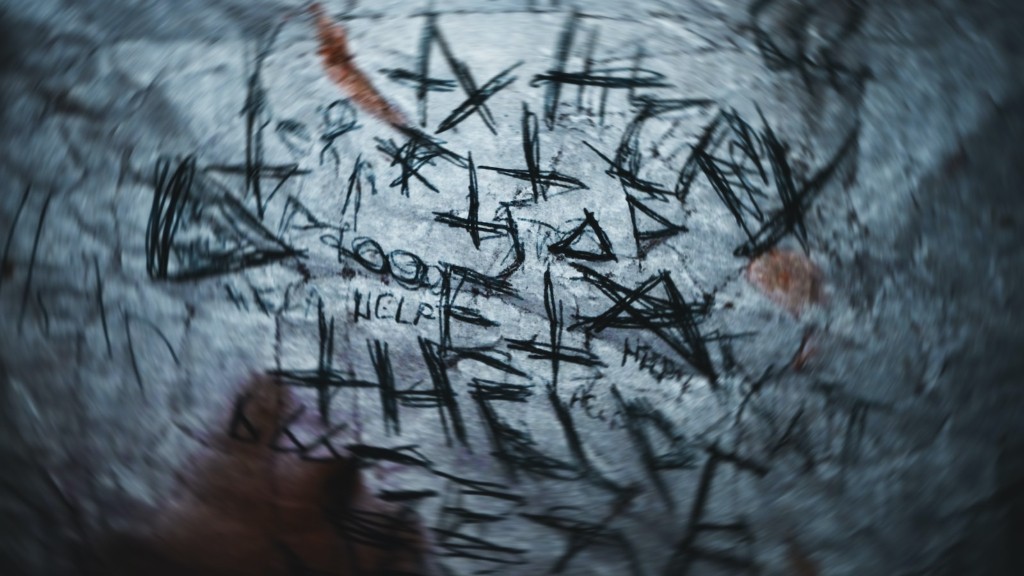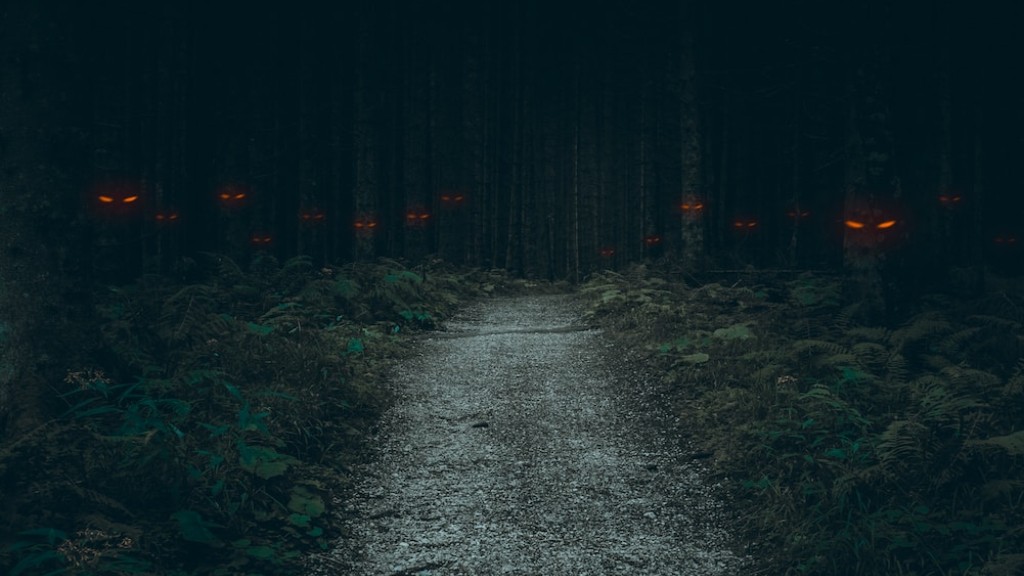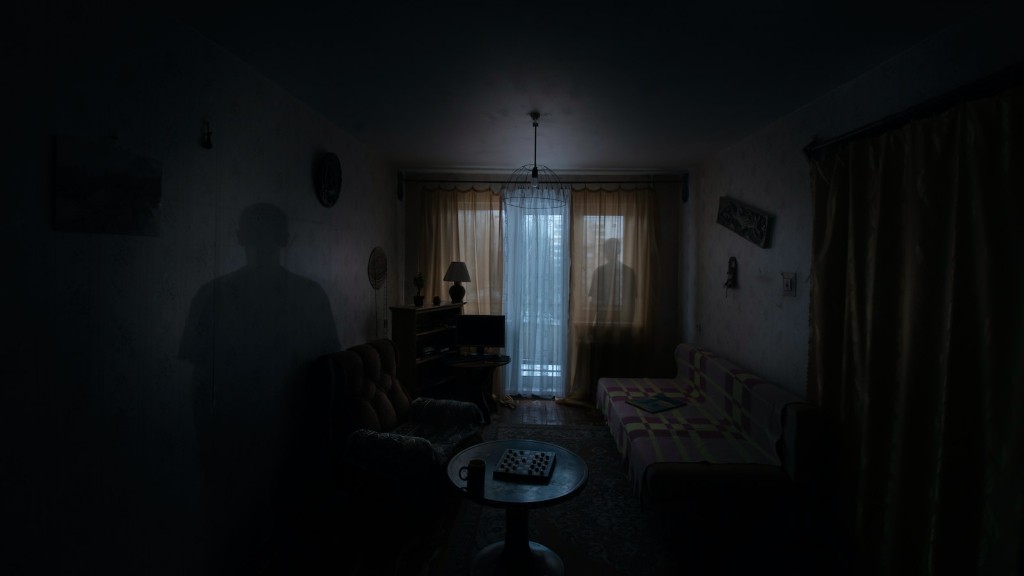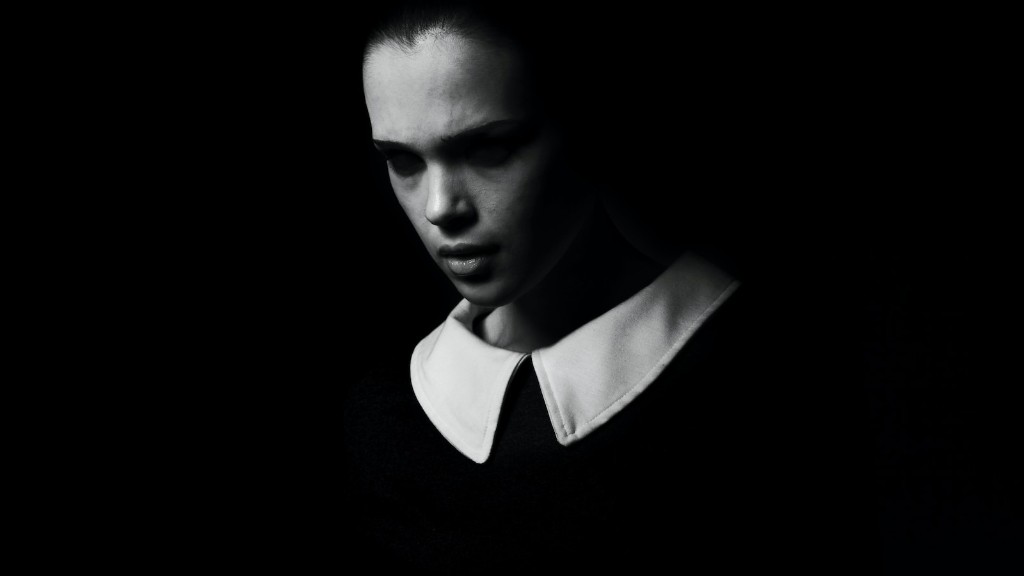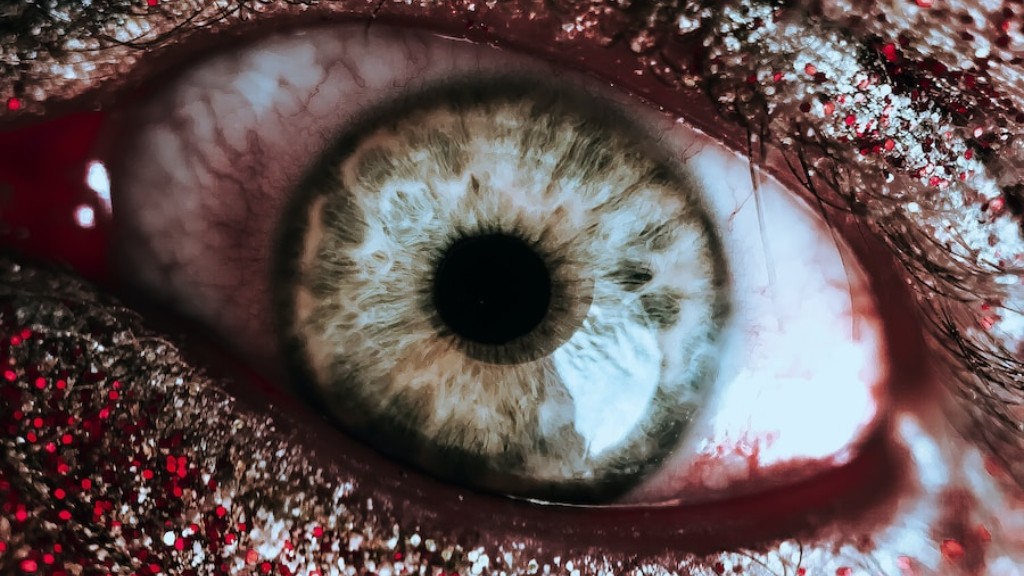Horror movies are a staple in the film industry, with a long and storied history dating back to the early days of cinema. They’ve been a source of entertainment for generations, and their popularity shows no signs of waning. However, horror movies have changed a lot over the years, evolving to keep up with the times and the changing tastes of audiences. From the early days of black-and-white films full of scares and suspense, to the bloated and over-the-top slasher movies of the 1980s, to the modern era of clever and subversive horror films, the genre has continually reinvented itself to stay relevant. As we move into the 2020s, it’ll be interesting to see how horror movies continue to change and evolve.
Horror movies have changed a lot over the years. They used to be much more graphic, with a lot of blood and gore. Nowadays, they’re more about suspense and scares than anything else.
Why has the horror genre changed over time?
Horror movies have always been popular, but their popularity seems to ebb and flow with the times. In general, horror movies are largely responsive to the socio-political context of the period in which they are produced. Many themes reflect the real-life anxieties of audiences, which allows for that fear factor by its viewers. For example, during the Cold War, horror movies often had themes of nuclear devastation and otherworldly invasions. In more recent years, horror movies have reflected our anxieties about terrorism and other real-life threats. As long as there are real-life fears to tap into, horror movies will continue to be popular.
Horror as a genre has its roots in silent films and German Expressionism. However, it was only after the release of Dracula in 1931 that the genre became codified. In subsequent decades, many sub-genres of horror emerged, including body horror, comedy horror, slasher films, supernatural horror and psychological horror. Each of these sub-genres has its own unique elements that make them distinct from one another.
How did horror movies impact society
When society is in a state of upheaval, people tend to seek out horror movies as a way of coping with their anxiety. Horror movies provide a release from the everyday stressors of life and allow people to confront their fears in a safe and controlled environment. Additionally, horror movies can serve as a catalyst for change, motivating people to work towards making their society a better place.
Nosferatu is a 1922 German Expressionist horror film, directed by F. W. Murnau, starring Max Schreck as the vampire Count Orlok. The film, shot in 1921 and released in 1922, was an unauthorized adaptation of Bram Stoker’s 1897 novel Dracula, with names and other details changed because the studio could not obtain the rights to the novel. Stoker’s heirs sued over the adaptation, and a court ruling ordered that all copies of the film be destroyed. However, a few copies of Nosferatu survived, and the film came to be regarded as an influential masterpiece of cinema.
Nosferatu was highly influential, particularly in the early years of horror cinema. The film’s eerie, atmospheric visuals and Schreck’s chilling performance as the vampire Count Orlok helped set the standard for subsequent vampire films.
What were the major influences of horror?
In the earliest horror films, which were influenced by German Expressionist cinema, the effect of horror was usually created by means of a macabre atmosphere and theme; The Student of Prague (1913), an early German film dealing with a dual personality, and The Golem (1915), based on the medieval Jewish legend of a clay creature brought to life by a rabbi’s magical spell, are two examples. These films were often shot in eerie, shadow-filled locations and featured highly stylized acting and sets. The use of distorted images and special effects to create a sense of terror was also common.
The 90s was a great decade for horror films. With the new audio systems, theater projection techniques, and lighting, horror films were a lot more immersive than they were in the 20s. This decade had a horror film trend of including slashers into their movies.
Who changed the horror genre?
Wes Craven’s Scream is a true masterpiece that changed the horror genre forever. The movie was released 25 years ago and is still considered one of the best horror movies of all time. Scream popularized the “slasher” subgenre of horror and introduced a new generation of horror fans to the genre. The movie is also responsible for the popularity of the “Scream” franchise, which includes several sequels and a television series.
Many believe that Georges Méliès’ “Le Manoir du Diable” is the first horror movie. The film, also known as “The Haunted Castle” or “The House of the Devil”, was released in 1898 and follows a devil who emerges from a castle and terrifies a group of people. Although the film is only a few seconds long, it is considered an important part of cinema history.
What is the psychology behind horror movies
Horror entertainment can be a lot of fun, but it’s important to keep in mind that it can also trigger the fight-or-flight response. This comes with a boost in adrenaline, endorphins, and dopamine, which can make things seem more intense than they actually are. It’s important to remember that the brain is just processing the surroundings and concluding that the experience is not a genuine threat. This knowledge of personal safety is one reason horror fans habitually watch scary movies.
Horror films have always been a reflection of our society, with the genre shaping our perspectives on the world around us. World events and widespread beliefs have always had an impact on the stories we tell, and horror is no different. The genre reflects the fears and anxieties our society holds, providing a window into the darkest corners of our collective psyche. Whether it’s the fear of the unknown or the terror of the everyday, horror films help us confront our fears and learn to overcome them.
Why are horror movies important to society?
Scary movies are a popular choice for many people because they offer a way to release anxiety and fears that may be buried deep in the subconscious. Catharsis, a term coined by Greek philosopher Aristotle, describes the process of releases negative emotions through witnessing violence or other scary content. In other words, scary movies can help us to “purge” our aggressive emotions. While some may argue that this type of release is unhealthy, many people find that it is helpful in managing their own anxiety and stress levels.
However, new research suggests that watching horror films can actually help relieve stress and anxiety. In a 2016 study published in the journal Clinical Psychological Science, researchers found that watching a horror film can serve as an effective distraction from stressful events.
The study participants were asked to recall a stressful event from their lives and then watch either a horror or comedy film. The researchers found that the participants who watched the horror film experienced less stress and anxiety than those who watched the comedy film.
So, the next time you’re feeling stressed or anxious, consider streaming a horror film. It just might help you feel better.
What is the most messed up horror movie
These are some of the most notable horror films that feature hostels or other forms of communal lodging. From Eli Roth’s gore-fest Hostel to Rob Zombie’s ghoulish House of 1000 Corpses, these films are sure to send a chill down your spine. And if you’re looking for something even more disturbing, check out The Human Centipede II or The Woman.
Horror is a genre that is often misunderstood. It is seen as gross, shocking, and terrorizing. However, there is more to it than that. Horror is a genre that can be used to educate, entertain, and even inspire. It is a genre that can be used to create change.
Who was the first horror character?
Early horror icons are some of the most enduring and popular characters in fiction. These characters have their origins in different time periods and literature, but they all share a common love of terrorizing their victims. The Werewolf or Lycanthrope was introduced in the 1500s and quickly became a popular character in horror fiction. The Frankenstein monster was created by Mary Shelley in 1818 and has been a staple of horror fiction ever since. Dracula was introduced into literature in 1897 by Bram Stoker and has become one of the most well-known and beloved horror icons. These characters have continued to terrify and delight readers for centuries and are sure to continue doing so for many years to come.
The five elements of horror are suspense, fear, violence, gore, and the supernatural. These elements are used to create an atmosphere of horror and terror. Suspense builds tension and keeps the reader on the edge of their seat, while fear creates a feeling of unease and dread. Violence and gore are usually what readers think of when they think of horror, as they are often the most graphic and disturbing images in a horror story. The supernatural is another key element in horror, as it often taps into our primal fears of the unknown.
Why did horror become popular
Some people enjoy horror because it provides a rush of adrenaline. It can be thrilling to be scared in a controlled setting, like when watching a scary movie. For some, this is a way to experience excitement and adrenaline without actually being in danger.
Horror films usually target young adults and teenagers because they are more likely to enjoy thrills. This is because older audiences are generally more jaded and less likely to be excited by the same things. So if you’re looking for a good scare, a horror film is usually a good bet.
Conclusion
Horror movies used to be much more graphic and gory, with usually minimal plot. Today, horror movies are more psychological, with more focus on the characters and the story. The scares are more subtle, and the violence is more implied than explicit.
While horror movies have always been popular, they have changed significantly over the years. The early years of horror movie focused on monster, ghosts, and other supernatural beings. However, in recent years, the focus has shifted to more real-world fears, such as murderers, psychopaths, and the like. This change has made horror movies more intense and realistic, and as a result, more popular than ever.
